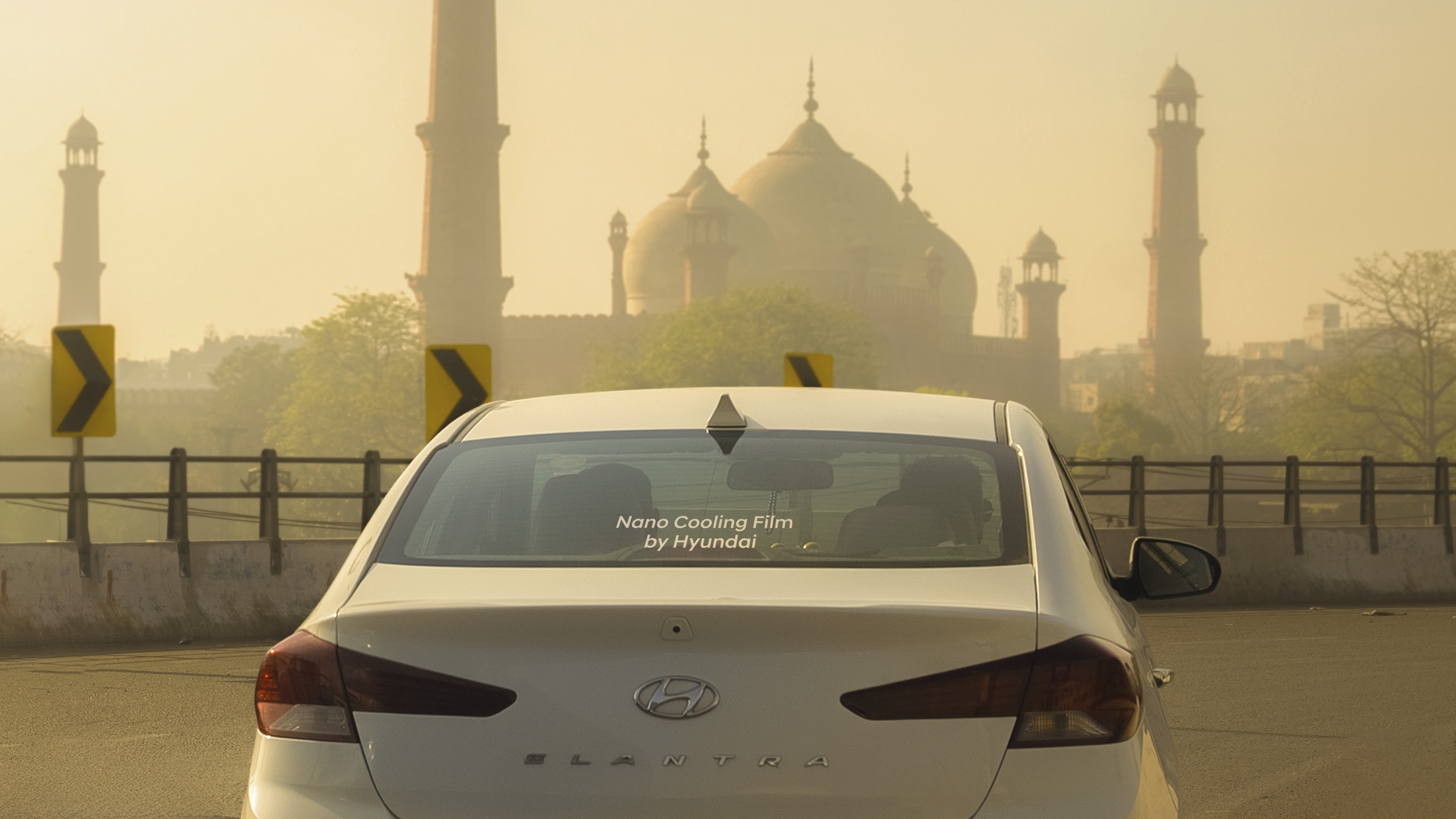
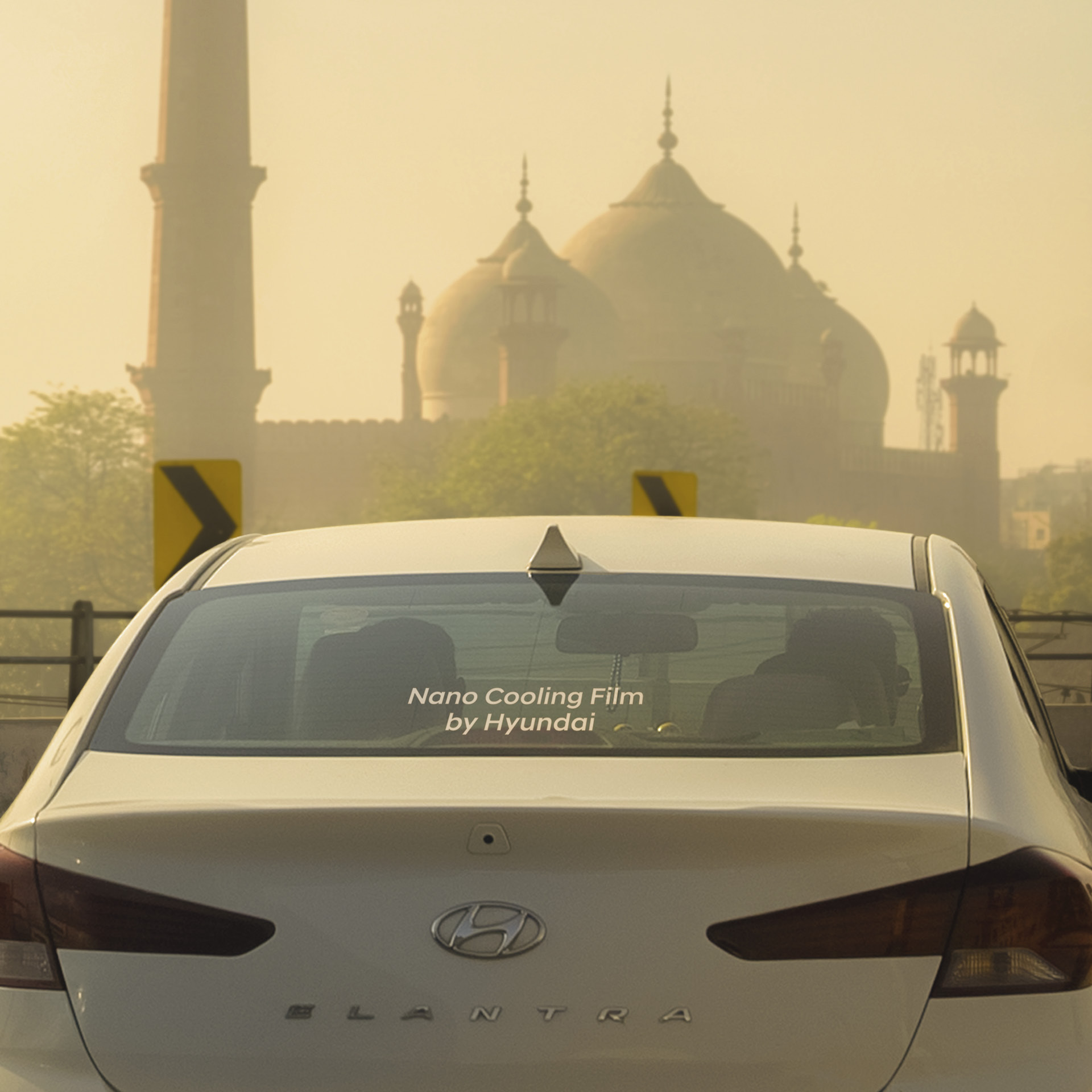


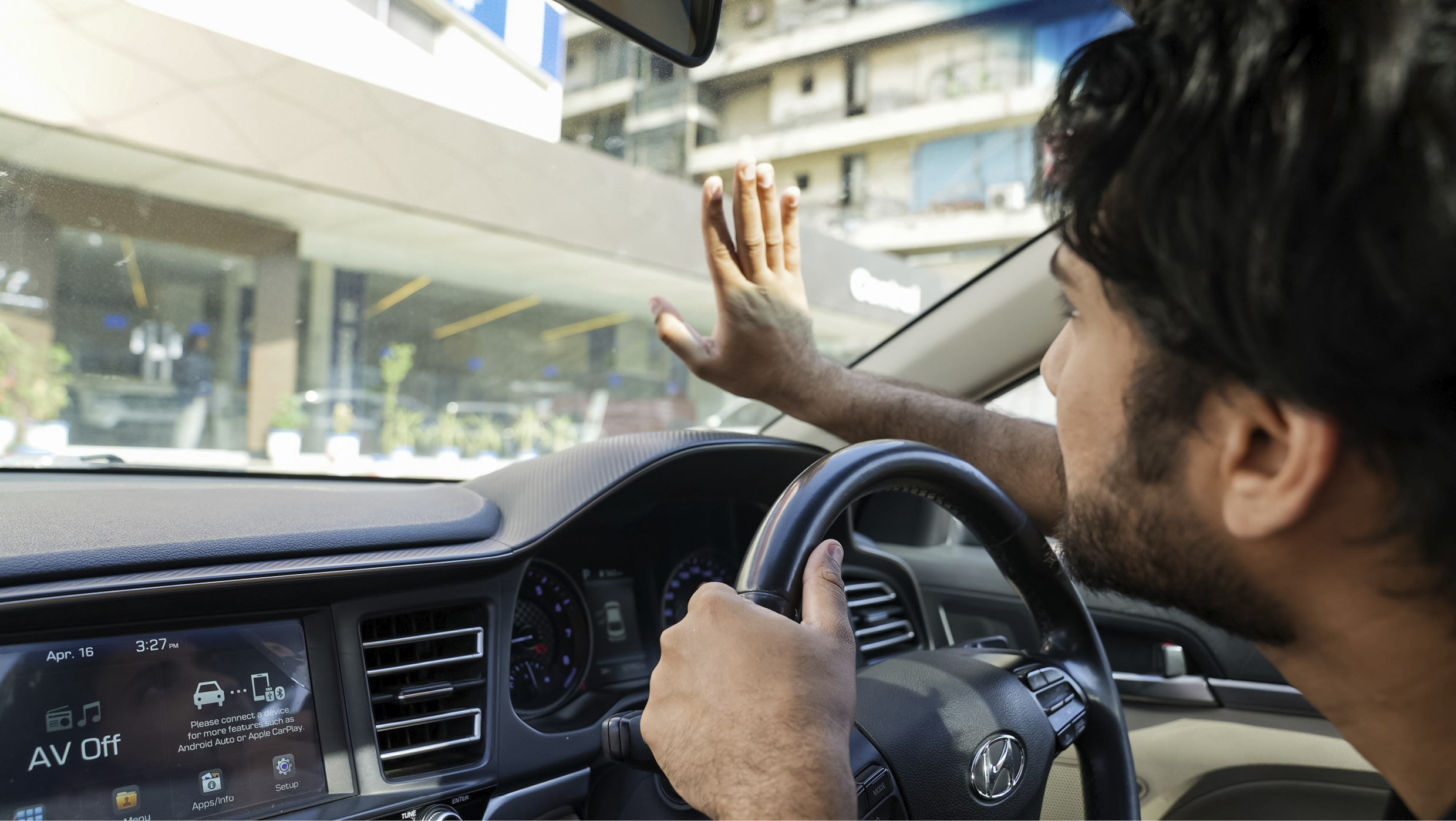
Hyundai has emerged as a major automaker with a huge presence in the global market. This growth was made possible by its relentless commitment towards developing cutting-edge technologies. Such innovative technologies have made the company’s products more competitive while also providing a blueprint for the future of mobility. At the same time, these technologies have also improved the environment for those who were experiencing difficulties. This is the result of considering the social impacts of technology at the development stage. Rather than simply focusing on profits, Hyundai’s activities as a technology-driven company have had a positive impact on society as a whole.
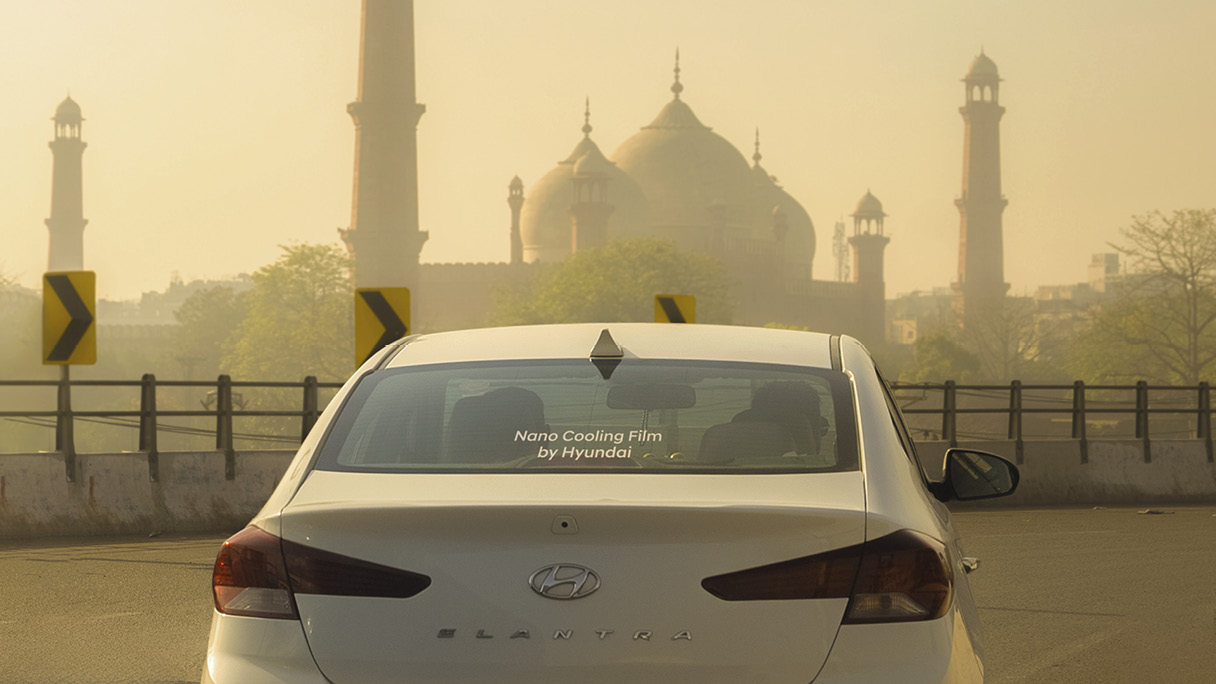
Hyundai’s positive impact also reached Lahore, Pakistan this time, with the “Made Cooler By Hyundai” campaign recently being launched in this region. The campaign was designed to improve the driving environment of Pakistani drivers who suffer from extreme heat, high fuel costs, and air pollution. This is especially significant as it is the first pilot application of an innovative cooling material using radiant cooling technology.
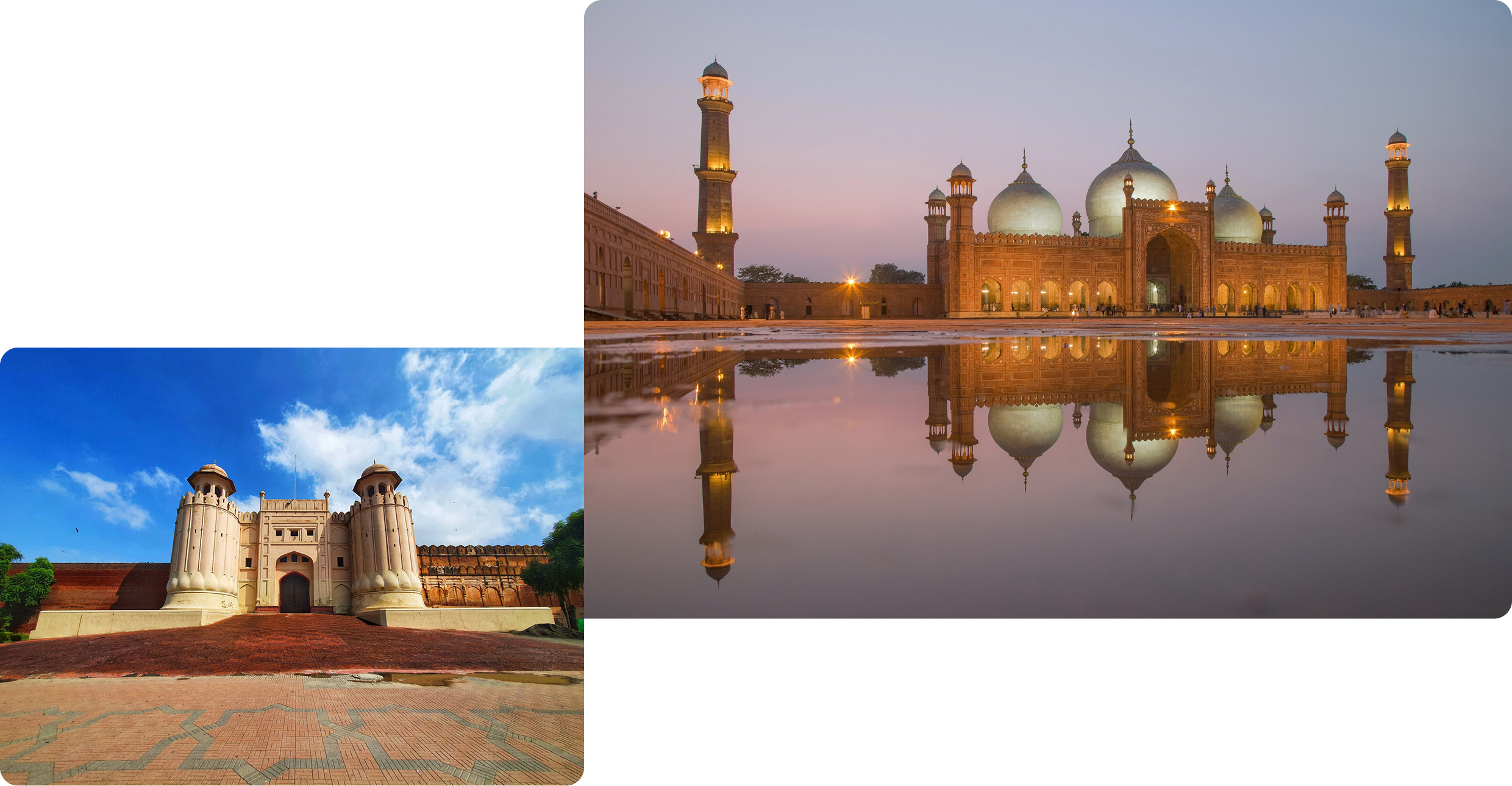
Lahore, Pakistan’s second largest city, is the capital of the northeastern province of Punjab and borders India, where Punjabi and Islamic culture are most evident. It is also widely known as a global tourist destination, with many tourists returning year after year to see historic buildings such as the Lahore Citadel and the Badshahi Mosque, both of which are relics of the Mughal Empire. In recent years, the city has rapidly emerged as a center for manufacturing, education, and medicine in Pakistan.
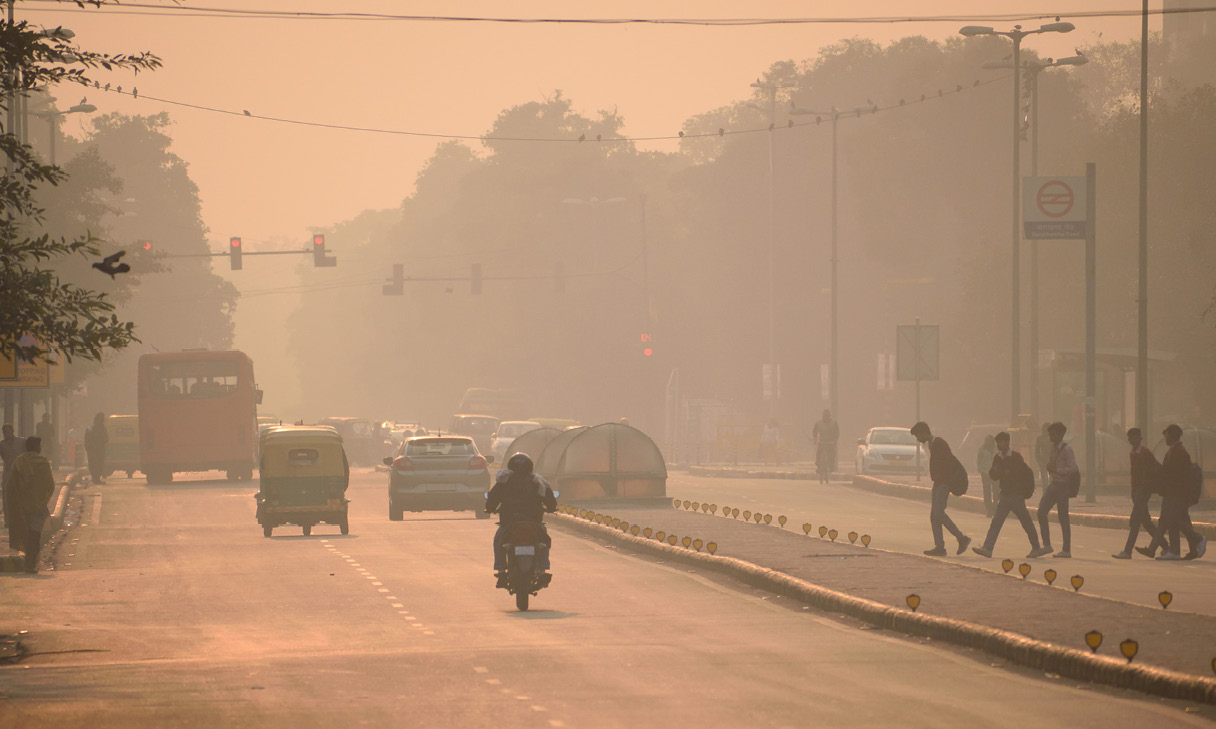
However, the people of Lahore are suffering from problems that are not well-known. One issue is poor driving conditions caused by a thick blanket of smog over the city. Lahore’s air quality is so poor that it ranked as the world’s most polluted city in 2022, with its AQI hitting hazardous levels at 390 and the concentration of PM2.5 reaching 340 ㎍/㎥, 23 times the safe daily mean level recommended by WHO.
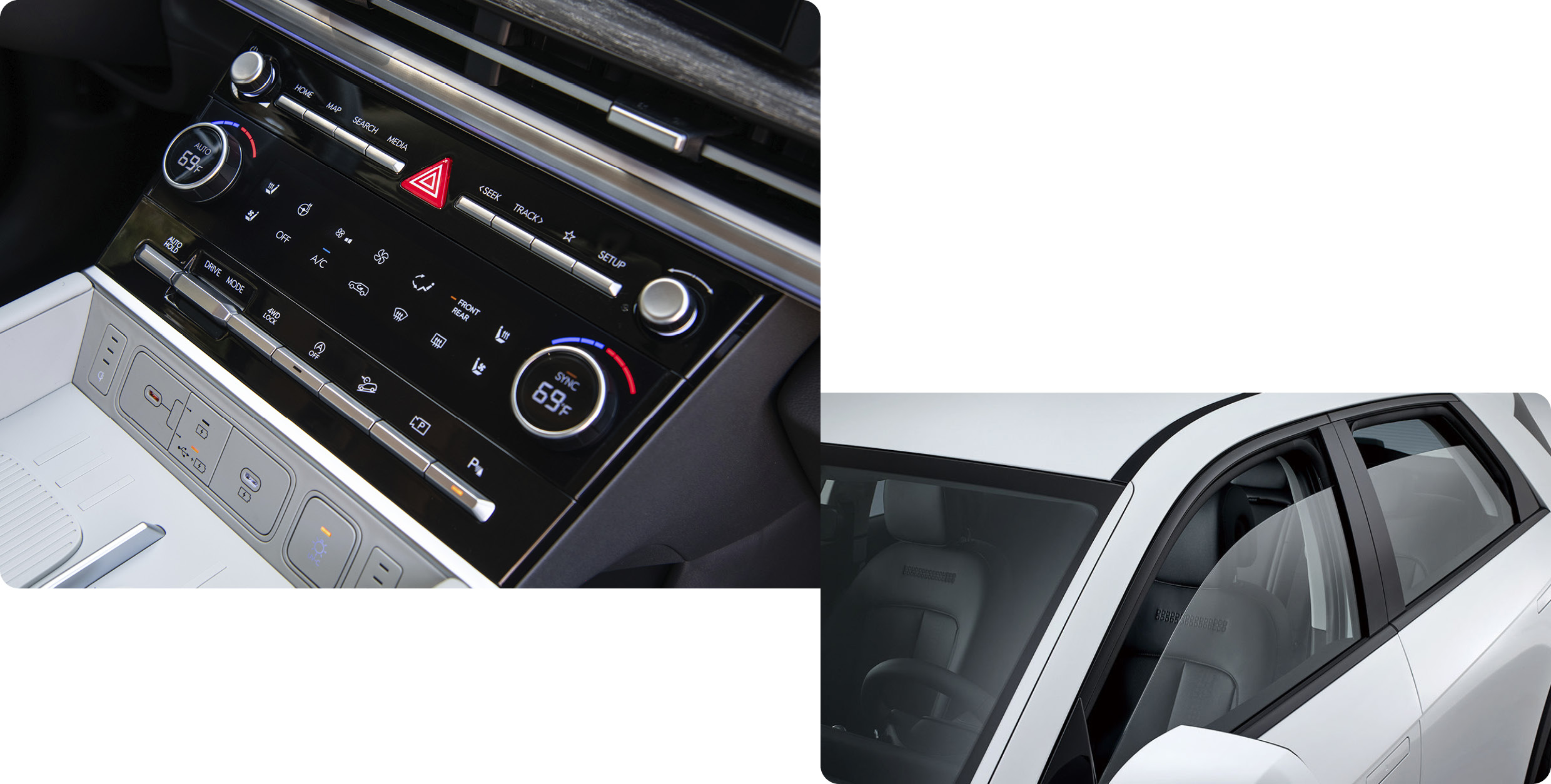
Summer temperatures hitting 50℃ can also be dangerous for the drivers in Lahore. Despite the high temperature, many choose to drive with their windows open rather than turning on the air conditioner due to the high cost of fuel. However, for the drivers who have to pick up passengers, they have no choice but to turn on the air conditioner at a high fuel cost.
Furthermore, unlike other countries, tint films are prohibited in Pakistan under a law enacted in 1965 for security and safety reasons. Owners of tinted vehicles are often fined, or in severe cases, such films are even forcibly removed. As there is nothing to block the heat, the hot sunlight enters the vehicle unfiltered, which leads to a great increase of the interior temperature of the vehicles. In other words, Lahore drivers bear all the environmental, economic, and legal burdens.
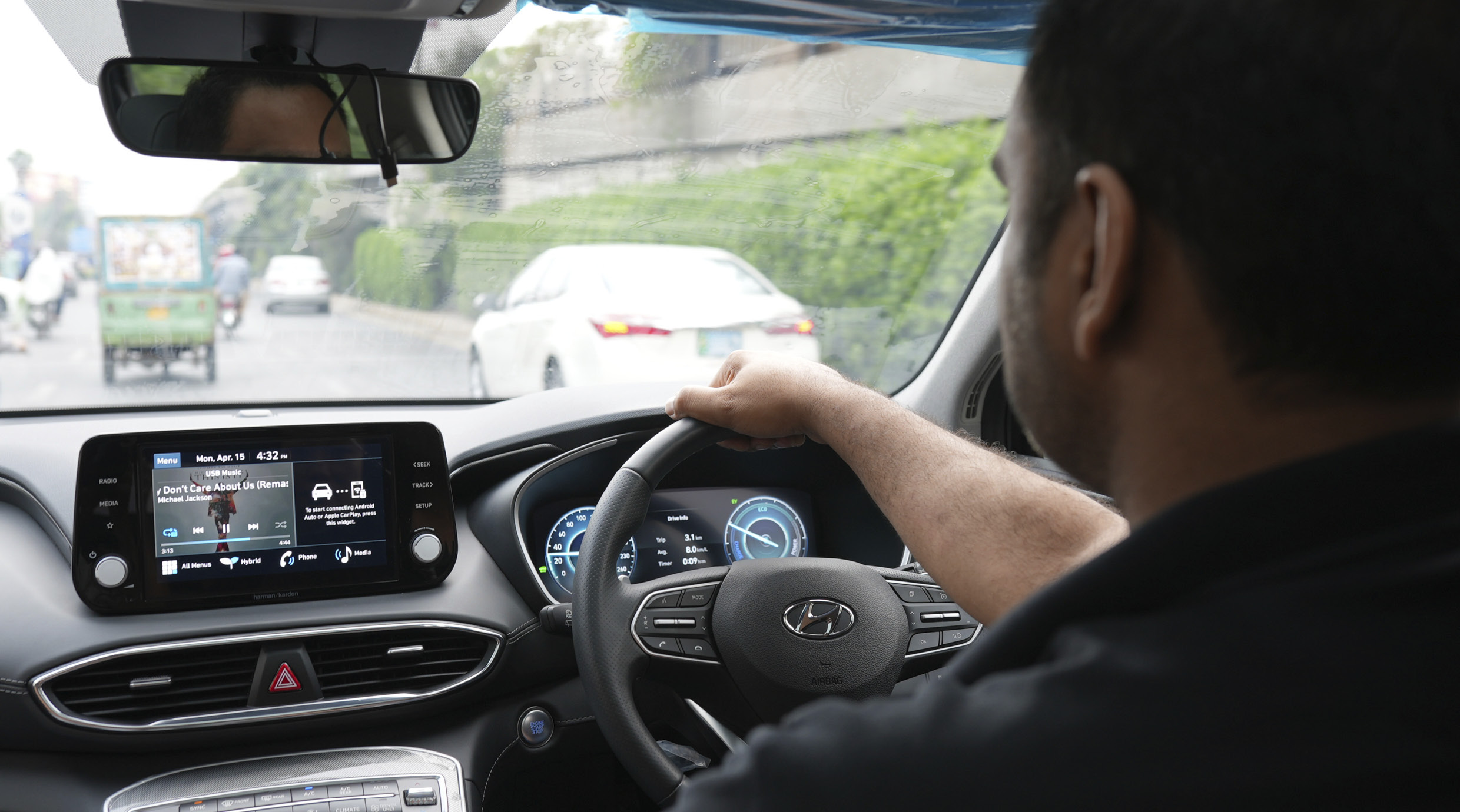
The Made Cooler By Hyundai campaign is part of Hyundai’s social responsibility activities to help create a more comfortable driving environment for drivers in Lahore. The campaign is centered on the world’s first application of the Nano Cooling Film developed by Hyundai, which is applied free of charge and helps to reduce the interior temperature of the vehicle.
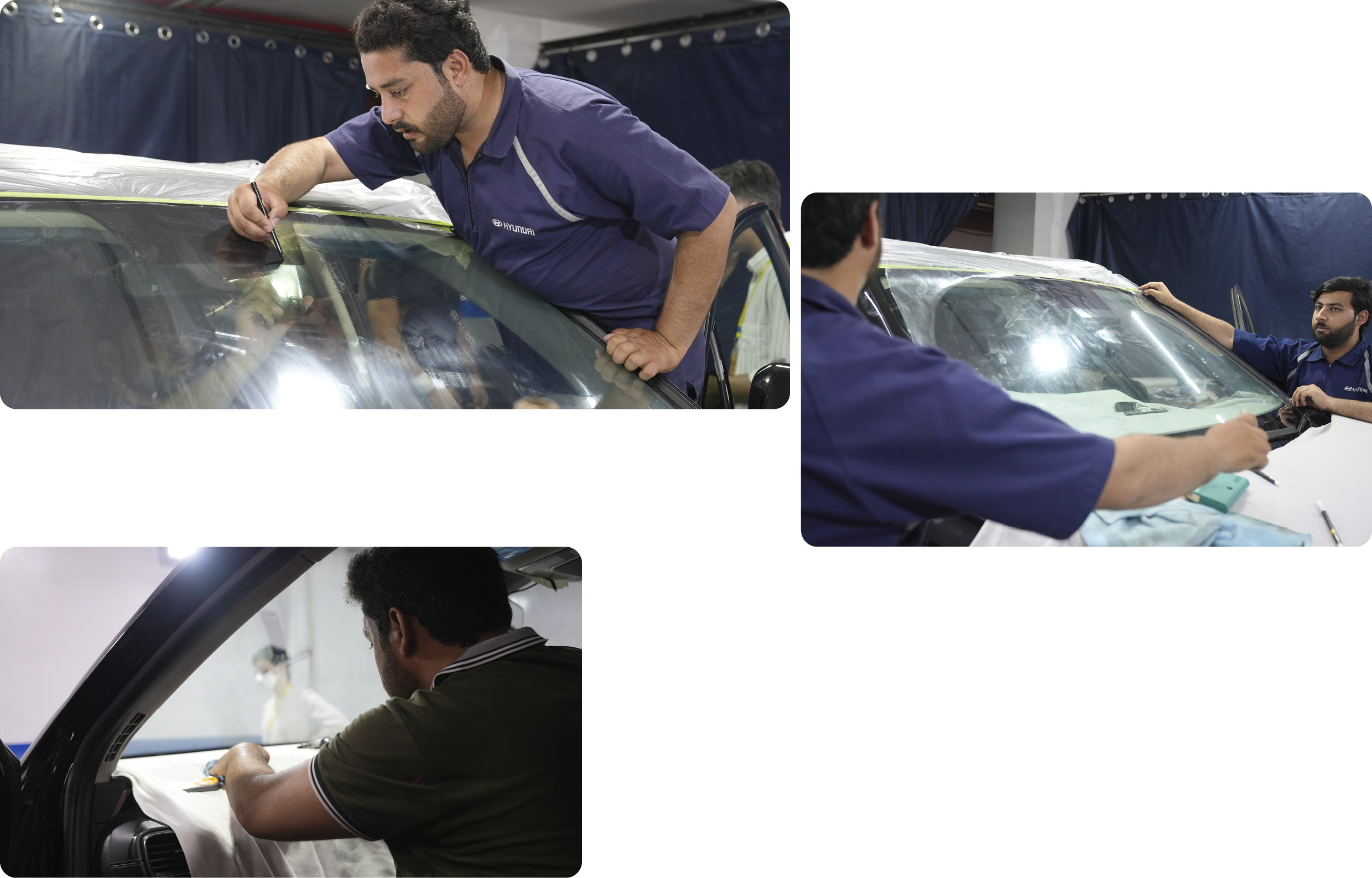
Hyundai began accepting applications from local Hyundai customers in Lahore last March for the Made Cooler By Hyundai campaign. As a result, 70 customers were selected. The customers scheduled appointments and visited Hyundai’s Lahore after-sales service center to have the Nano Cooling Film applied to their vehicles. Nano Cooling Film can be used in diverse ways, such as attaching it like a regular tint film or also sandwiching it between laminated glass. Customers who participated in the campaign and had the Nano Cooling Film applied were able to experience Hyundai’s innovative technology by taking a close look and touching the glass.
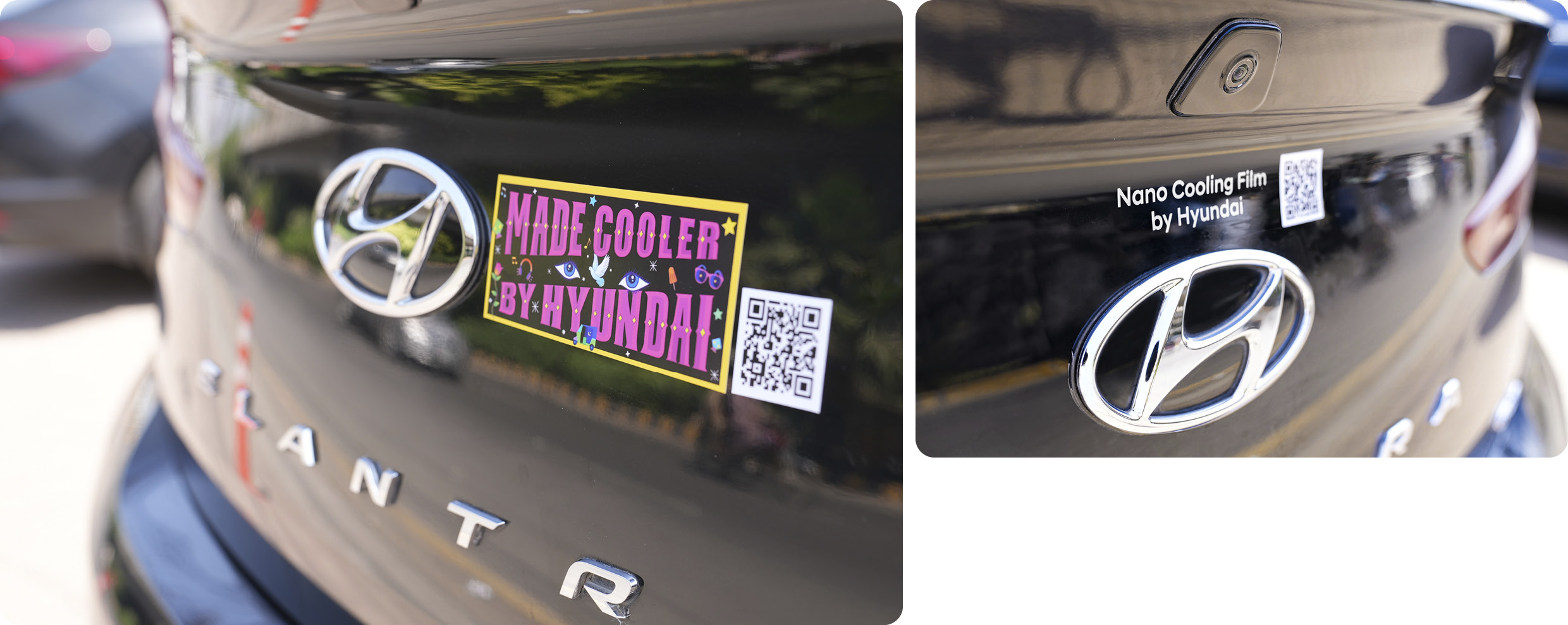
Hyundai also provided a special event to actively encourage participation in the campaign. Special stickers were also attached to the participating vehicles. Stickers with the phrase “MADE COOLER BY HYUNDAI” were designed using traditional Pakistani art, and the customers were allowed to freely choose the sticker of their own choice.
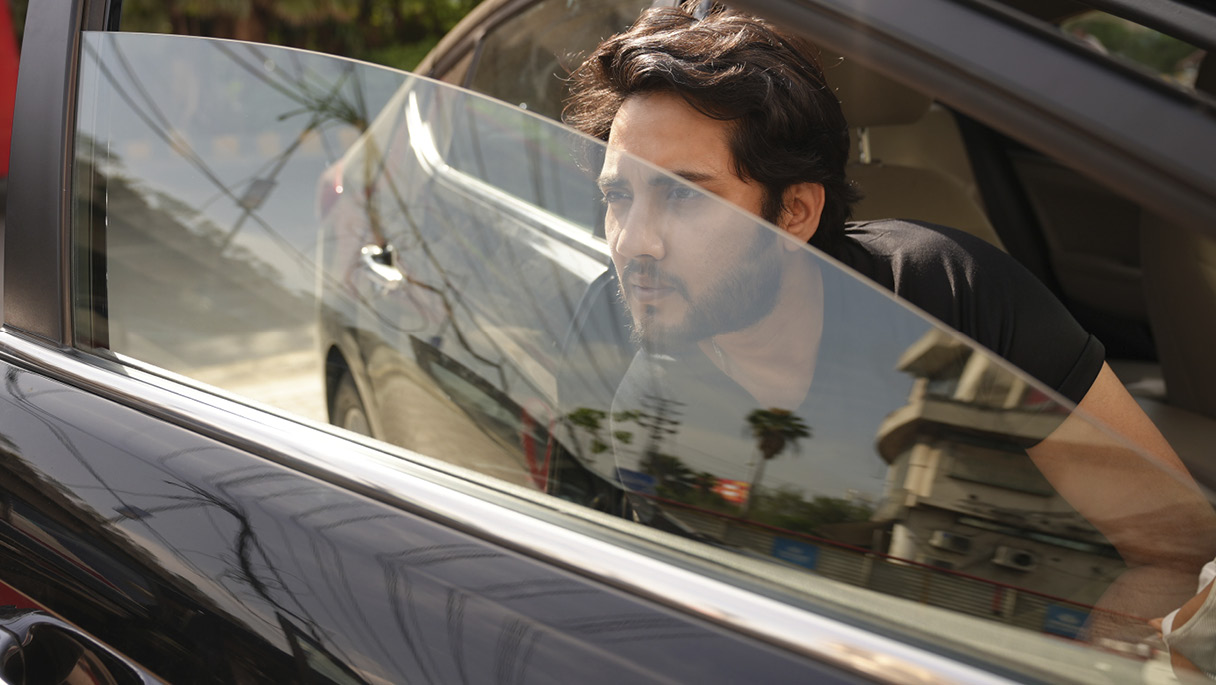
So, what is the Nano Cooling Film that was installed through the Made Cooler By Hyundai campaign? The film uses technology developed for the first time ever by Hyundai, and was introduced at the Nano Tech Day event held in Korea last July. Unlike conventional tint films, which only reflect heat, Nano Cooling Film effectively blocks external heat energy and emits internal radiant heat to the outside. The ability to both reflect and emit heat is achieved by utilizing the principle of radiant cooling. Radiant cooling refers to a phenomenon in which the temperature drops while heat is released through heat transfer in the far-infrared region called radiation. For example, when a hot object is placed next to a cooler object, the temperature drops.
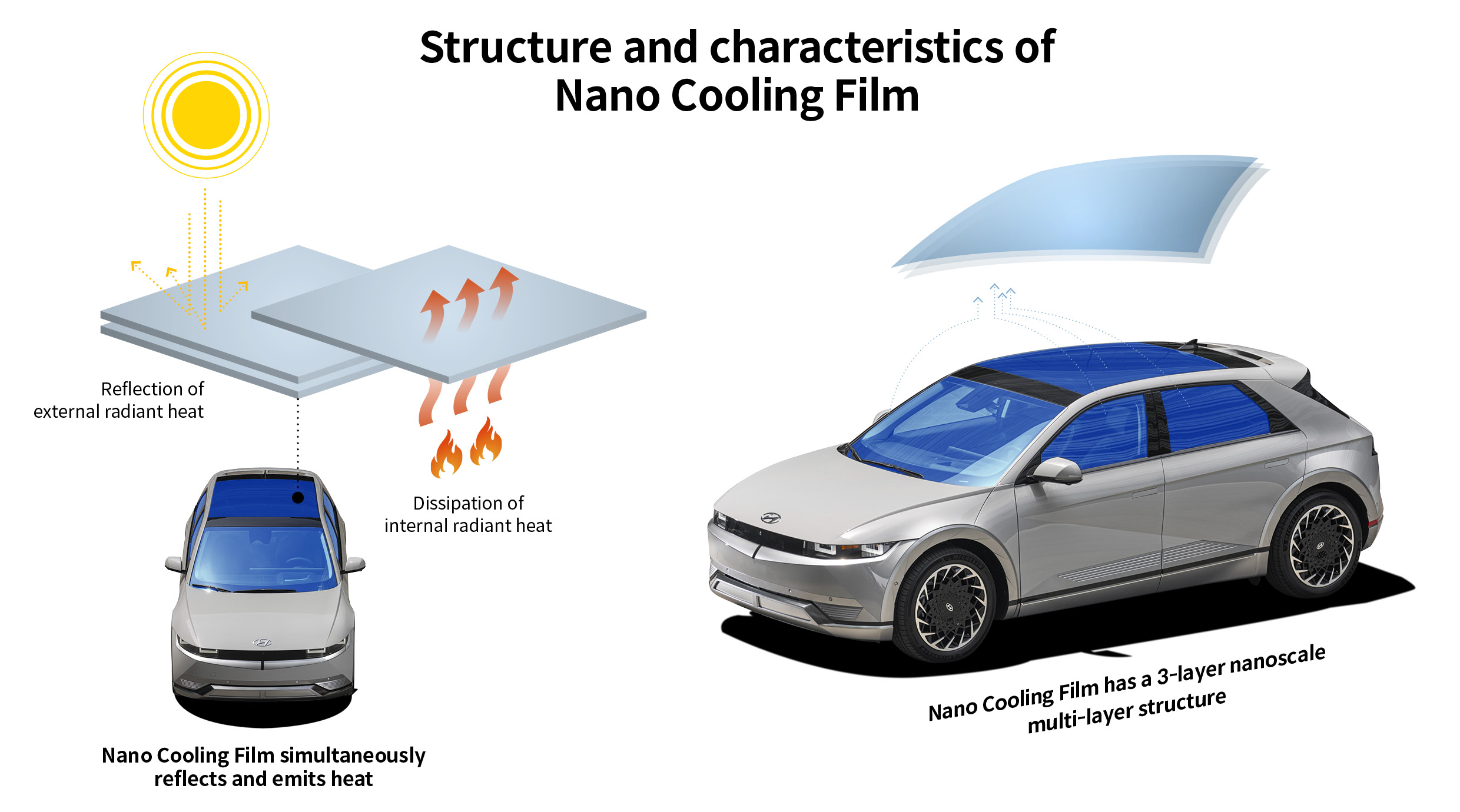
The key to Nano Cooling Film is its structure. Unlike regular tint films, which have a single structure, Nano Cooling Film has a nano-level multi-layer structure with three layers on top of each other. Each layer of the film plays a different role, such as heat reflection and heat dissipation. Specifically, the two inner layers of the film reflect solar heat from the outside to minimize heat transfer into the vehicle interior. Meanwhile, the outermost layer is responsible for emitting radiant heat from the vehicle interior to exterior, lowering the temperature.
The technical differences from conventional tint films are also worth noting. Regular tint films are primarily responsible for blocking the wavelengths of incoming solar energy, which means that they can only block heat and cannot emit internal heat outside. Nano Cooling Film, on the other hand, not only blocks the wavelengths of incoming solar heat, but also controls the far-infrared region, where heat dissipation occurs. This is why it can effectively lower the temperature of the vehicle interior compared to conventional tint films. Hyundai is the first company in the world to develop a film with two-directional properties that simultaneously lowers the surface temperature while dissipating internal heat.
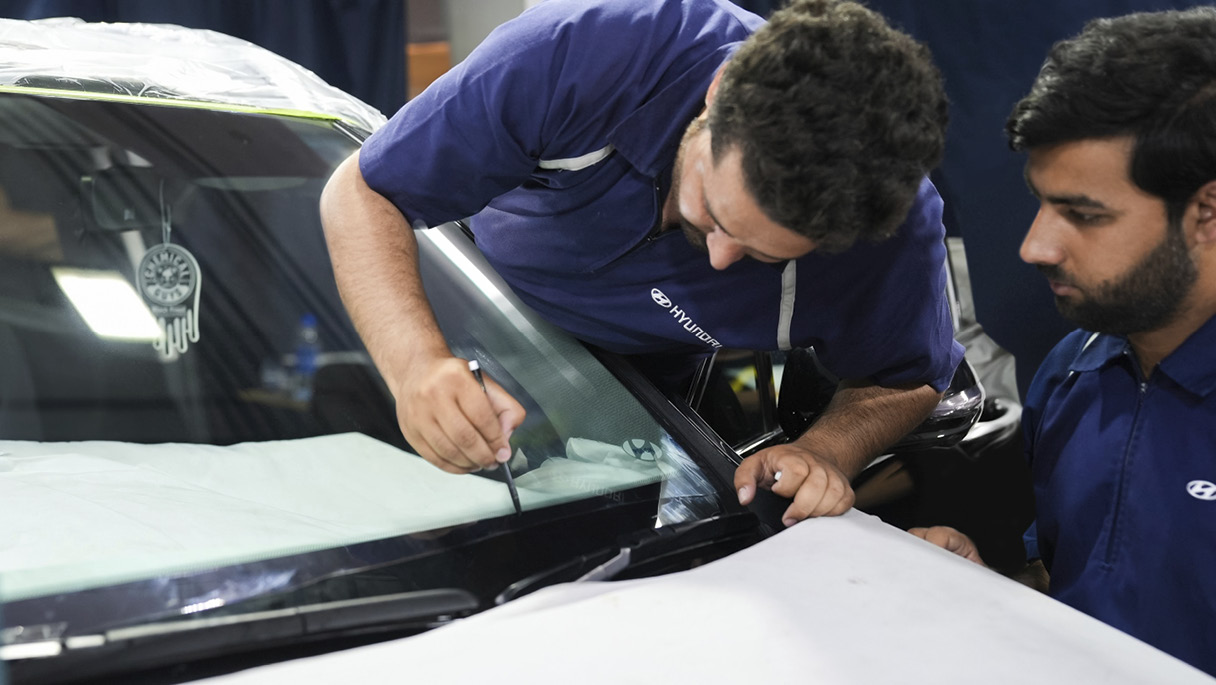
Nano Cooling Film can be applied in various ways. For example, it can be applied directly to the vehicle glass like regular tint films, or it can be sandwiched between laminated glass. The transparency level can also be adjusted freely. This enables vehicle owners to both increase the transparency to use it in countries where tinting is prohibited, like Pakistan, and decrease the transparency to use it like regular tint films. It can also be used in tandem with regular tint films. When doing so, the reflective and radiant effects of Nano Cooling Film are added to the effect of the existing tint films, resulting in a higher cooling effect. In addition, the film is considered as an alternative to tint films as its wide-area production is possible at a reasonable cost, and maximum cooling performance can be experienced when the outside temperature is high, such as in Lahore, Pakistan.
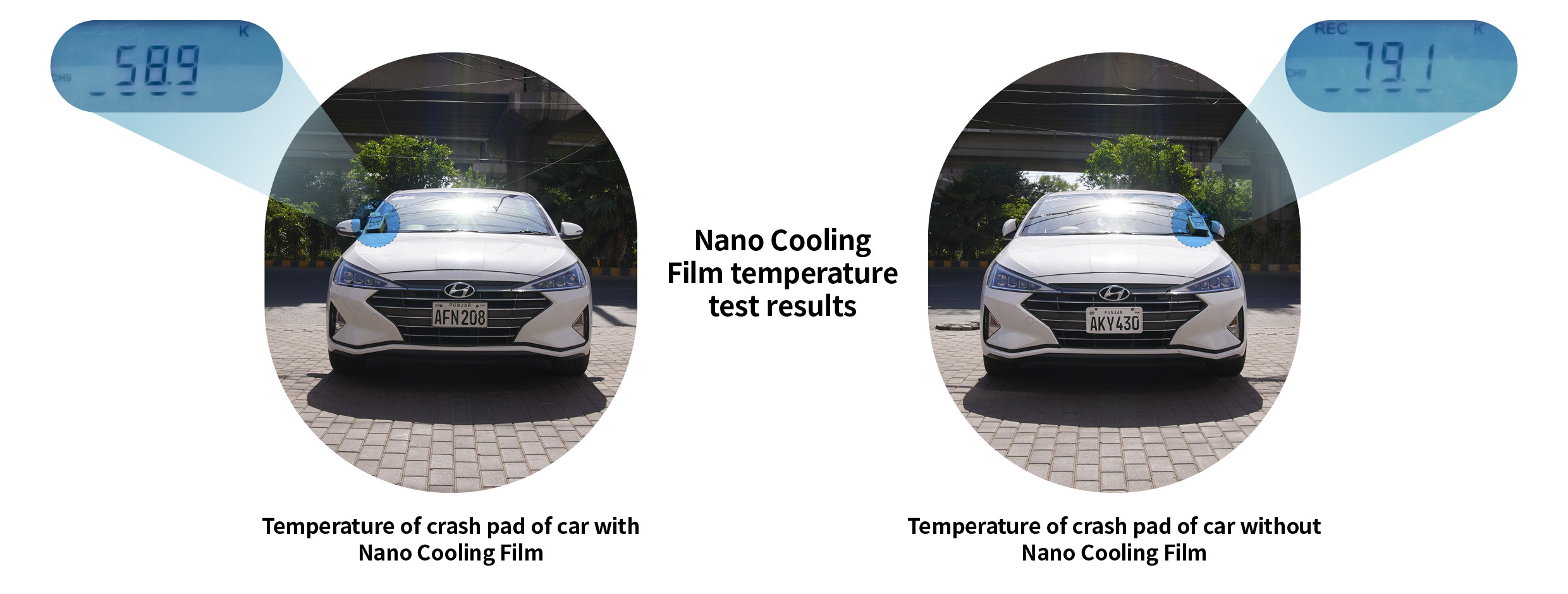
Hyundai conducted a test to intuitively show the performance of Nano Cooling Film to local customers in Pakistan. The test was conducted with two vehicles that were completely identical in terms of interior and exterior, glass specifications, and other additional options. One vehicle had no tinting film applied, whereas the other was applied with a Nano Cooling Film. After measuring the inside temperature, the results showed that the crash pad temperature of the vehicle without the Nano Cooling Film soared to 79.1℃.
On the other hand, the crash pad temperature of the Nano Cooling Film-applied vehicle was 58.9℃. A single tinting film made a temperature difference of more than 20℃. This temperature difference is quite significant, as it also translates into reduced carbon emissions. Thermal management with Nano Cooling Film can reduce carbon emissions by at least 0.3% by lowering air conditioning usage, which is equivalent to reducing 70 kilograms of iron used in a vehicle*.
*Based on Hyundai’s own research, using methodology within the U.S. EPA off-cycle credit system
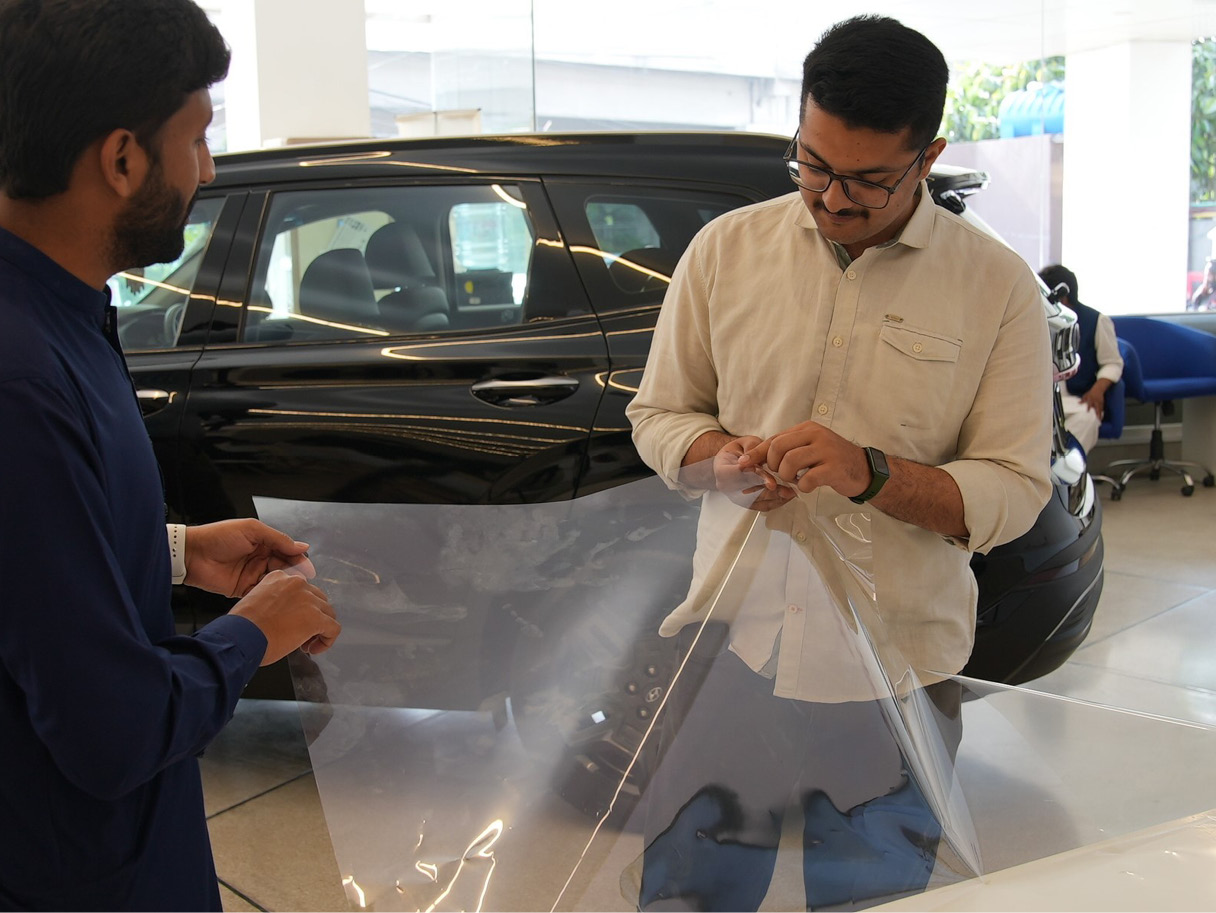
Nano Cooling Film was a huge hit among the drivers in Lahore. Unlike conventional tint films, Nano Cooling Film’s high transparency allows drivers to improve their driving experience without violating local laws. Most importantly, it dramatically reduces the temperature inside vehicles, which was considered as a very attractive aspect. What’s more, the ability to create a more comfortable driving environment with less air conditioning translates into lower fuel costs, which in turn alleviates the financial burden on drivers. To add to this, the reduction in fuel consumption and carbon emissions is also expected to improve air quality in the region.
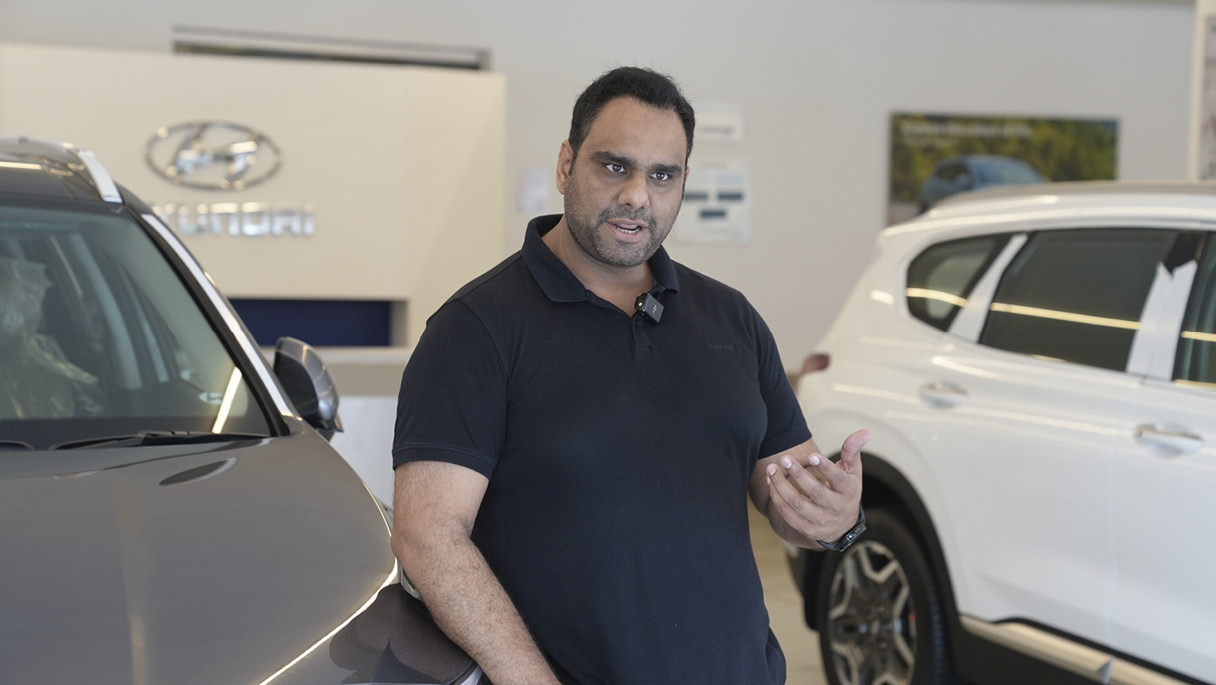
Local customer Babar Malik, who participated in the campaign, directly experienced the strong effectiveness of the Nano Cooling Film. Malik, an owner of a Hyundai Santa Fe, spends a lot of time in his car, driving around 100 km every day. After experiencing the Nano Cooling Film through the Made Cooler By Hyundai campaign, he said, “The installation of Nano Cooling Film has completely changed my driving experience. I can actually feel the high heat rejection rate. Normally, I would’ve been struggling with the heat, but the film has definitely reduced the vehicle interior temperature and made driving more comfortable.”
He added, “I’ve never seen an automobile brand in Pakistan showcase new technologies for drivers’ comfort like this, and I’d like to thank Hyundai for organizing such a meaningful campaign for the drivers of Lahore.”
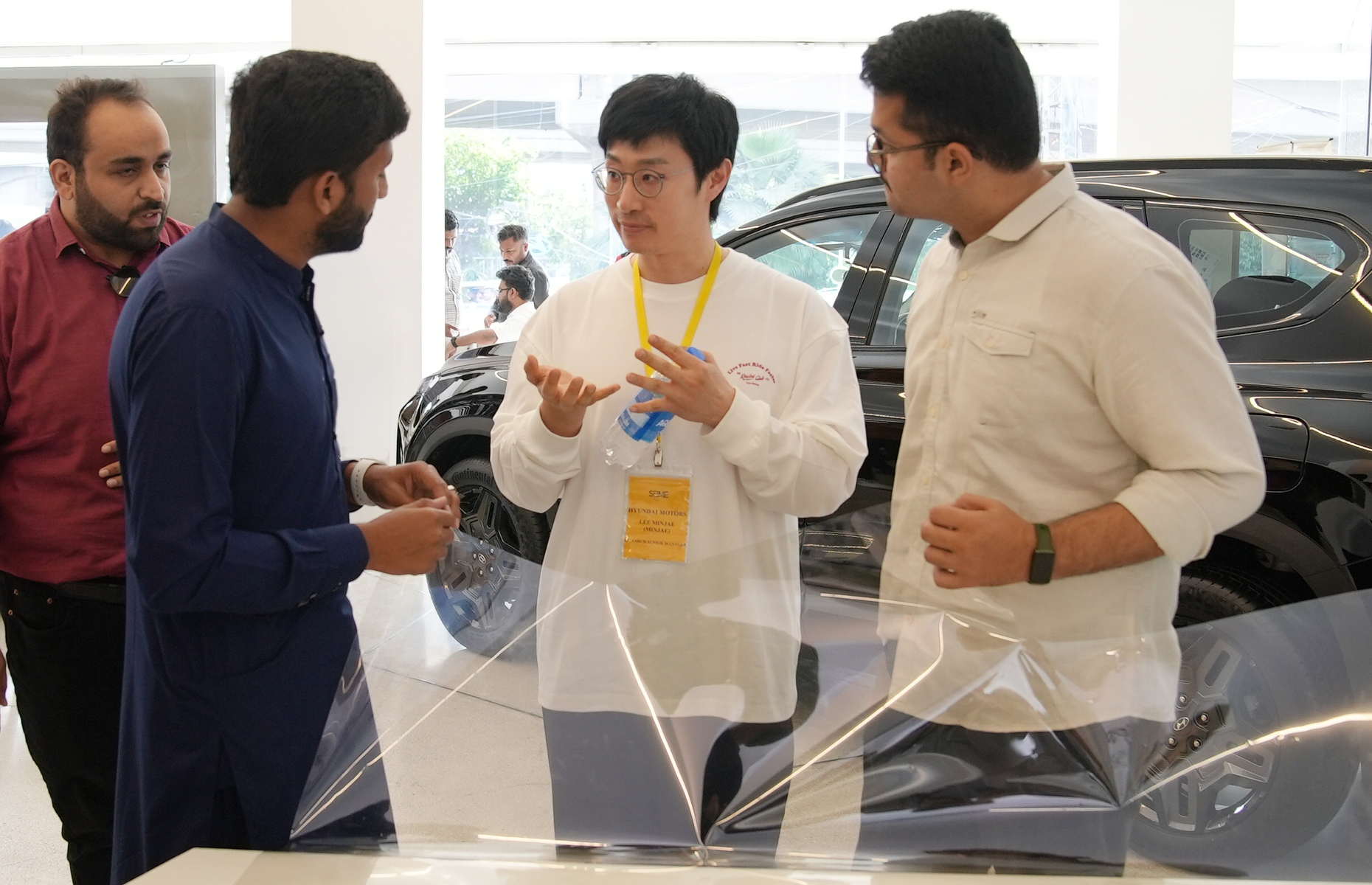
Minjae Lee, a Senior Researcher at the Hyundai/Kia Basic Materials Research Center who researched and developed the Nano Cooling Film and participated in the local campaign, said, “I’m happy that we were able to increase the technical perfection of the Nano Cooling Film, which was introduced as an advanced technology through Nano Tech Day, in a short period of time and help contribute to the actual improvement of the driving environment. We will continue to fulfill our social responsibility by providing suitable technologies and products to customers around the world based on Hyundai’s technological capabilities.”
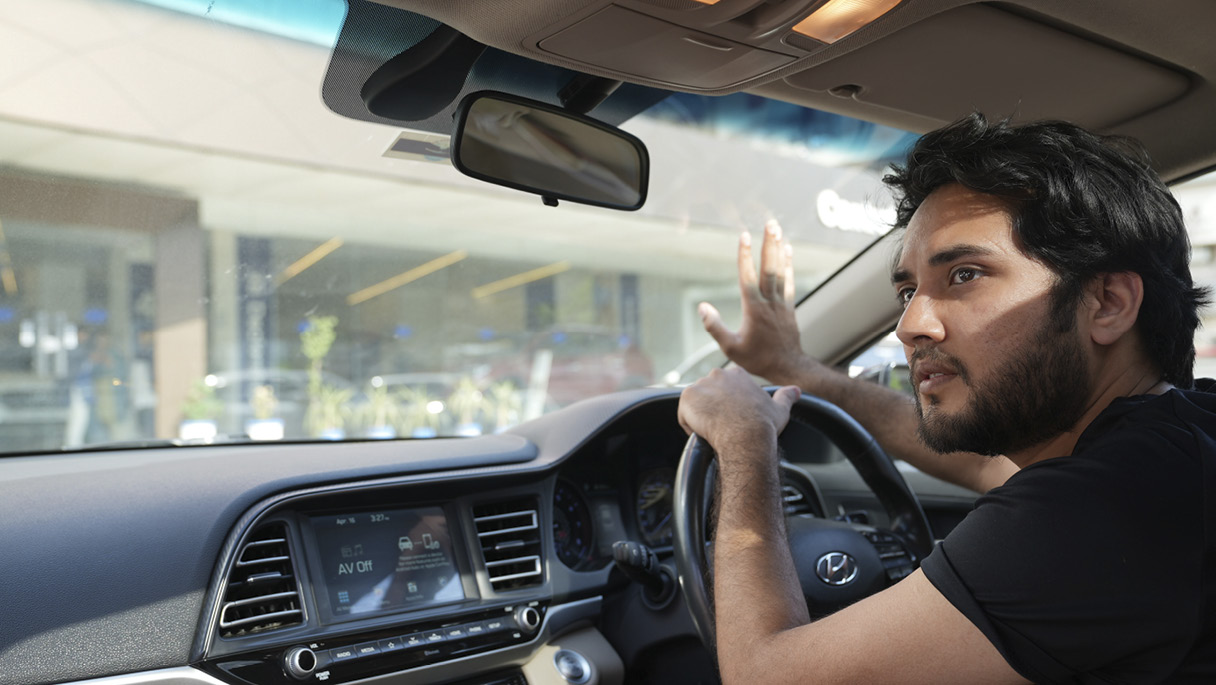
Hyundai’s Made Cooler By Hyundai campaign has a special significance. Not only did it provide a blueprint for improving the environment through creative and innovative technologies that help make vehicles and driving experience more comfortable, but it also helped secure the quality of mass production based on empirical data collected through pilot programs before actual commercialization, enabling Hyundai to provide better technologies in the future. Through this campaign, Hyundai set an example of a socially responsible company, and has shown that the company cares not only about profits but also about making a good influence that leads to a positive change. This is why it is exciting to see what new changes Hyundai’s Nano Cooling Film will bring.